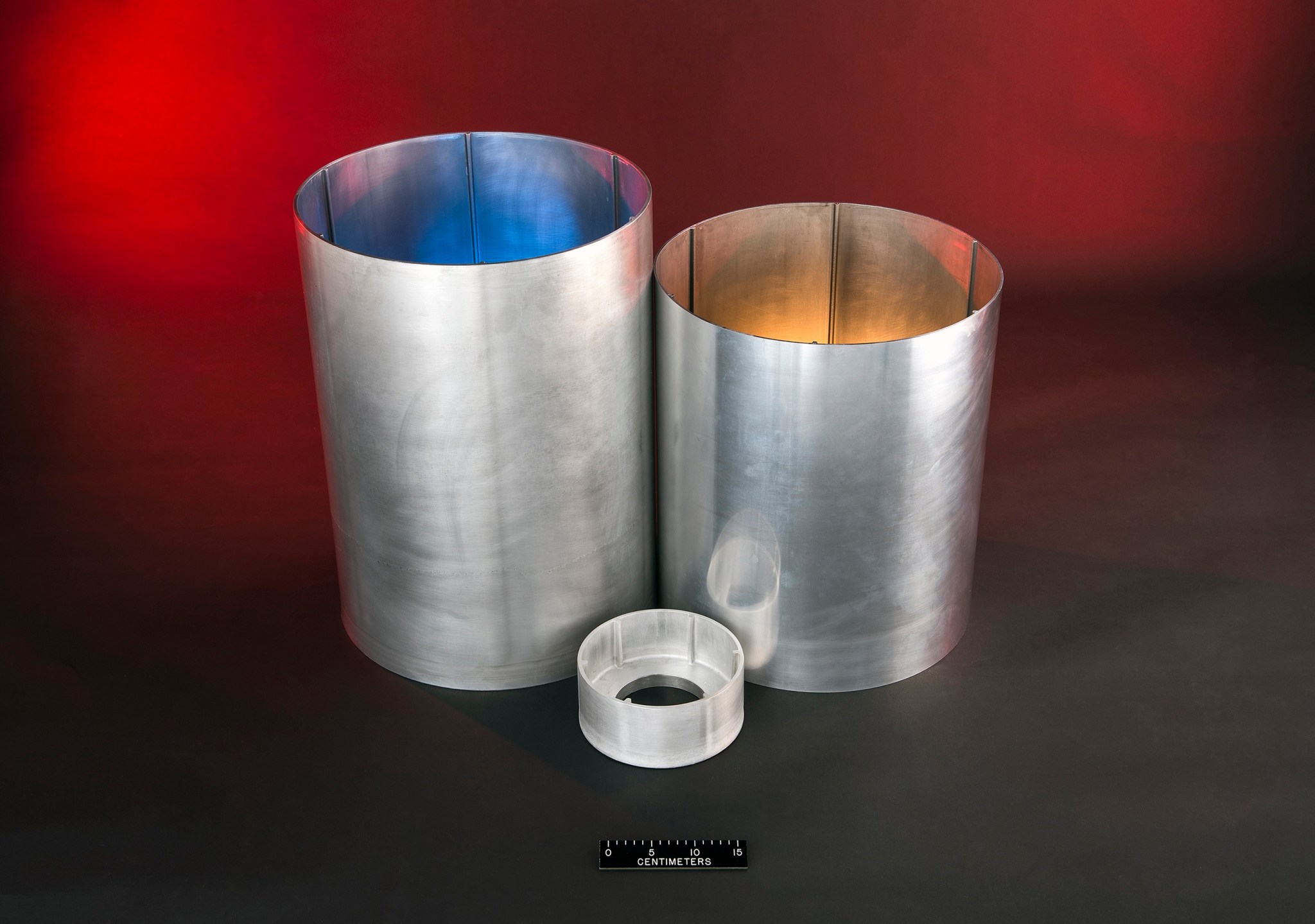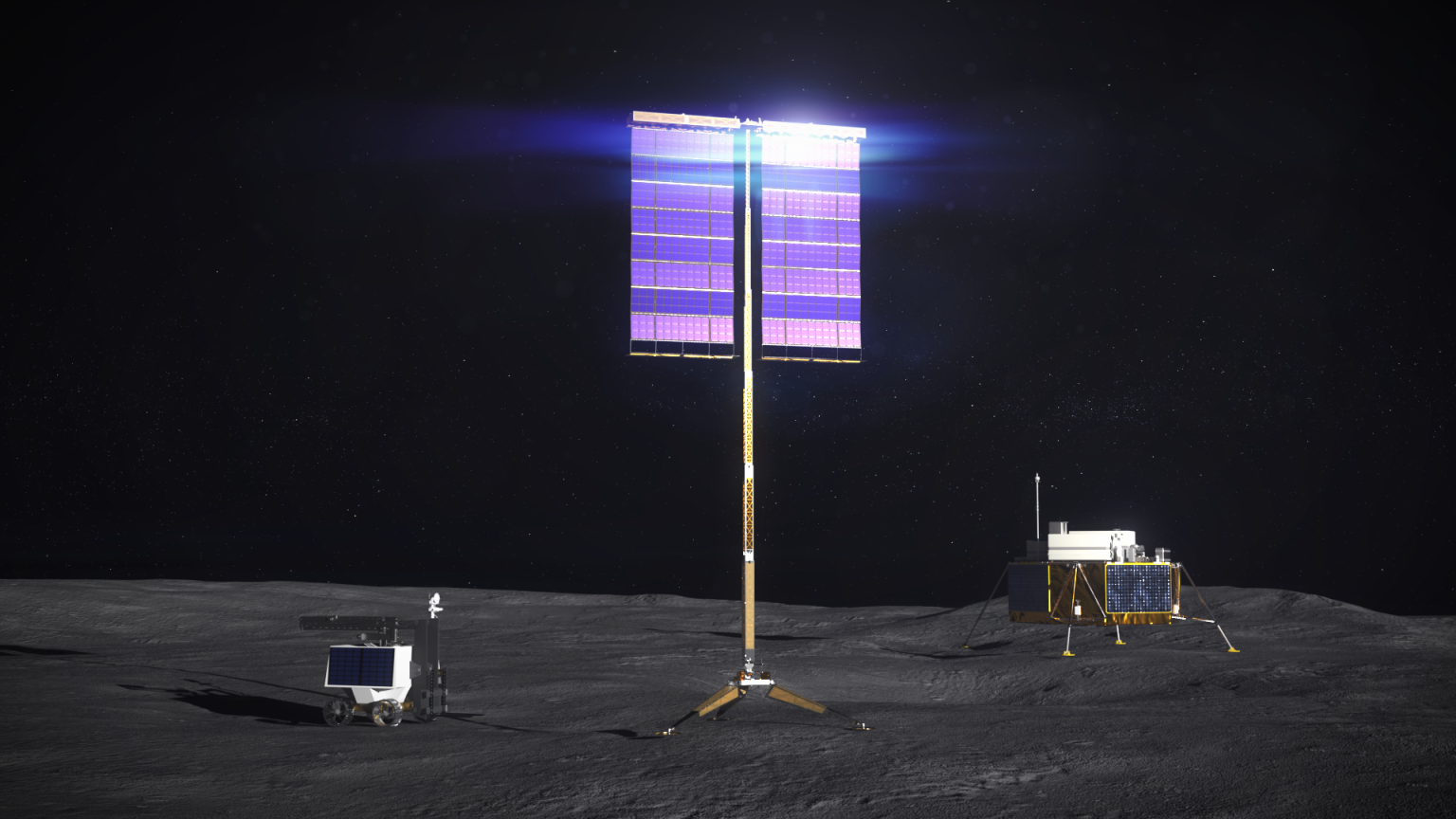Note: Please note that this is an “archived project” and is no longer updated. This article is meant for historical purposes only.
Objective
The objective of the Advanced Near Net Shape Technology (ANNST) project is to radically improve near net shape manufacturing of cryogenic propellant tanks using the Integrally Stiffened Cylinders (ISC) process. Under NASA’s Game Changing Development Program, the goal of ANNST is to develop innovative spin/flow forming technology that could revolutionize cryogenic tank fabrication by producing a net shape tank with internal stiffeners in one forming operation. ANNST is seeking to mature the ISC process technology/manufacturing readiness levels (TRL/MRL 5-6) to the point where they are viable candidates (TRL/MRL 7) for launch vehicles structures. The specific focus of the ISC process is for cryogenic tanks, however, other applications such as intertank and dry bay structures for commercial launch vehicles, along with sounding rocket and missile bodies are being explored.
History
The ISC process evolved from an automotive process used to make 8-inch diameter steel clutch housings with 0.0125 inch tall internal gear teeth. The first technology demonstration of the ISC process occurred in 2011 with the successful transition from forming with steel to forming with aerospace grade aluminum. This was performed in collaboration with Lockheed Martin, MT Aerospace and Leifeld Metal Spinning. Later in 2013, the ISC process was further developed to produce cryogenic scale stiffeners that were 1-inch tall and more widely spaced than gear teeth produced for the automotive industry. In 2015, the ISC process was scaled up to 17-inches in diameter with 1-inch tall stiffeners. During this effort, a 17-inch diameter ISC part was directly substituted for a smooth-walled sounding rocket section and flown on a technology demonstration flight at Wallops Flight Facility, taking the process from lab scale demonstration to flight in just four years. In 2017, the ANNST Project is partnering with Lockheed Martin, MT Aerospace, and the European Space Agency (ESA) to scale up the ISC process to 10-foot in diameter, which is directly applicable to numerous U.S. commercial launch vehicles. A series of 10 foot diameter ISCs were fabricated in May 2017 featuring 48 internal stiffeners up to 1 inch tall equally spaced about the circumference.
ISC Technology Benefits
Reducing launch costs is essential to ensuring the success of NASA’s visions for planetary exploration and earth science, economical support of the International Space Station, and competitiveness of the U.S. commercial launch industry. Reducing launch vehicle manufacturing cost supports NASA’s budget and technology development priorities. Manufacturing of the Shuttle external cryogenic propellant tank relied on multi-piece machined and welded construction using technology developed in the 1950’s. It was expensive, time consuming, and environmentally unfriendly. Welding increased tank weight and risk. This manufacturing technology remains the baseline for NASA’s Space Launch System (SLS) and commercial launch system cryotanks.
The ISC Process will produce near net shape tanks with internal stiffeners in a single forming operation. This eliminates the need for expensive machining and longitudinal welding of the cryogenic tank barrel sections. The integrally stiffened cylinder (ISC) advanced manufacturing technology will replace conventional multi-piece construction, realizing up to 50% reduction in the cost to manufacture launch vehicle cryogenic tanks with an associated 10% reduction in vehicle mass.
A cost benefit analysis for the technology was prepared in 2016. Read by clicking here: Cost-Benefit Analysis for the Advanced Near Net Shape Technology (ANNST) Method for Fabricating Stiffened Cylinders.


































